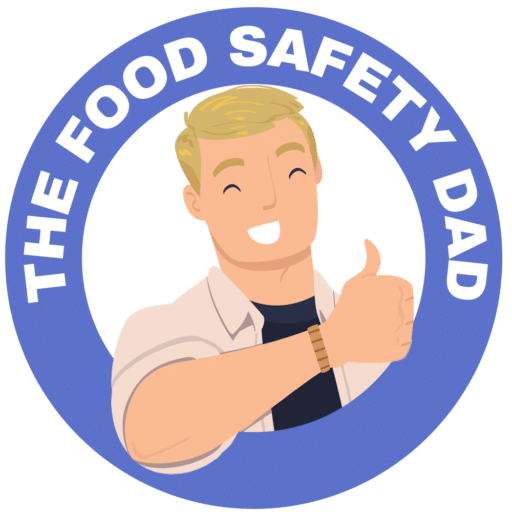You know the importance of getting dinner on the table quickl – Whether it’s for taco Tuesday or a hearty Bolognese, properly thawing your ground beef is crucial to prevent foodborne illness and keep your family healthy. So let’s dive in and tackle this chilly subject together!
Understanding the Importance of Safe Thawing
Ground beef is a staple in many households, but if not handled correctly, it can harbor harmful bacteria such as E. coli and Salmonella. These pesky germs love to multiply at temperatures between 40°F and 140°F, which is known as the “Danger Zone.” Thawing ground beef safely ensures that you minimize the time your beef spends in this risky temperature range.
Safe Thawing Methods
There are three main methods to thaw ground beef safely:
1. Refrigerator Thawing
The refrigerator method is the slowest but safest way to thaw ground beef. This method keeps the meat at a safe, constant temperature, well below the “Danger Zone.” Here’s how to do it:
- Plan Ahead: It can take a full day (or overnight) for a pound of ground beef to thaw in the fridge, so be sure to plan your meals accordingly.
- Keep it Contained: Place the ground beef on a plate or in a container to catch any juices that may leak, preventing cross-contamination.
- Be Patient: Allow the ground beef to thaw slowly until it’s completely defrosted. Once thawed, it can safely remain in the refrigerator for an additional day or two before cooking.
2. Cold Water Thawing
Need to speed things up a bit? The cold water method is faster than the refrigerator method and still keeps food safety in check.
- Seal It Up: Ensure the ground beef is in a leak-proof plastic bag to prevent water from getting in and bacteria from getting out.
- Submerge and Change: Submerge the bagged ground beef in cold water. Change the water every 30 minutes to keep it cold and encourage even thawing.
- Cook Promptly: Once thawed, cook the ground beef immediately. Unlike refrigerator thawing, you can’t leave ground beef in the fridge for a day or two after it’s been thawed using this method.
3. Microwave Thawing
When you’re in a time crunch, the microwave is your best friend. This is the quickest method, but you have to cook the ground beef right away since parts of it might begin to cook during the thawing process.
- Follow Your Microwave’s Instructions: Use the defrost setting or set the microwave to 50% power. Usually, you’ll need to defrost for a few minutes per pound, depending on your microwave.
- Keep an Eye on It: Rotate and flip the ground beef periodically to ensure even thawing.
- Cook It Immediately: As soon as it’s thawed, get that ground beef cooking! This prevents any bacteria that may have started to grow from multiplying further.
Tips for Safe Handling of Thawed Ground Beef
- Wash Your Hands: Before and after handling ground beef, wash your hands with warm, soapy water for at least 20 seconds.
- Avoid Cross-Contamination: Use separate cutting boards, plates, and utensils for raw meat and ready-to-eat foods.
- Check the Temperature: Cook ground beef to an internal temperature of 160°F, as recommended by the CDC and FDA, to kill any potentially harmful bacteria.
What Not to Do
- Never thaw ground beef on the counter at room temperature or in hot water. These methods can allow bacteria to thrive.
- Do not refreeze raw ground beef that has been thawed in cold water or the microwave unless you cook it first.
Key Takeaways
- Plan Ahead: Thawing ground beef in the refrigerator is safest. Allow about 24 hours to fully thaw.
- Cold Water Method: A faster option that requires you to change the water every 30 minutes and cook the beef immediately after thawing.
- Microwave Magic: The quickest way, but remember to cook the ground beef immediately after thawing.
- Food Safety: Keep thawed ground beef out of the “Danger Zone” (40°F – 140°F) to prevent bacterial growth.
- Cook Thoroughly: Always cook ground beef to an internal temperature of 160°F to ensure safety.


